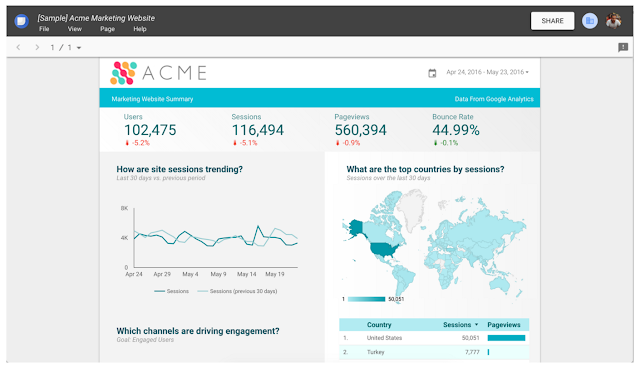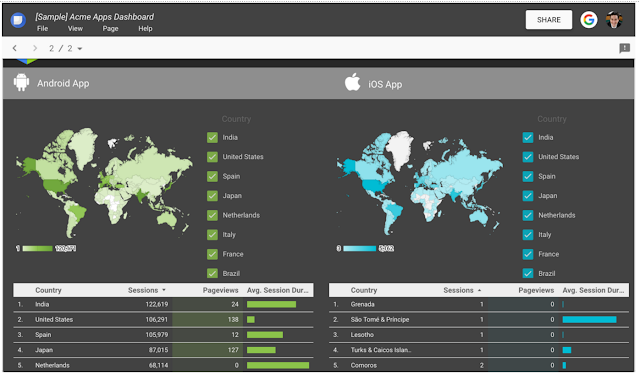Knowing that many people research products online before going into a physical store to make a purchase, French clothing retailer Petit Bateau wanted to develop a better understanding of the online-to-offline (in-store) behaviour of its customer base. The brand leveraged Google Analytics and its robust features: User ID and Measurement Protocol, to reach the objectives.
Petit Bateau customers in France can shop in 153 physical stores as well as on Petit-bateau.fr. Users log into the website which makes it possible to later match the traffic of logged-in users with subsequent in-store transactions made with a loyalty card.
Petit Bateau uploaded personally non-identifiable in-store data into Google Analytics and discovered that digital played a significant role in driving in-store purchases:
By using Google Analytics to measure online-to-offline purchase behaviour, Petit Bateau was able to better understand the impact of online marketing on in-store sales and use the data to recalculate AdWords return on ad spend – which proved to be six times higher with in-store sales incorporated. Taking in-store transactions into consideration in this way is enabling Petit Bateau to optimise the brand’s digital marketing programmes, make more informed decisions around media budget allocation and design better experiences for consumers as they move seamlessly between digital and physical shopping environments.
You can find the full case study with all the details here.
Posted by the Google Analytics team
Petit Bateau customers in France can shop in 153 physical stores as well as on Petit-bateau.fr. Users log into the website which makes it possible to later match the traffic of logged-in users with subsequent in-store transactions made with a loyalty card.
Petit Bateau uploaded personally non-identifiable in-store data into Google Analytics and discovered that digital played a significant role in driving in-store purchases:
- 44% of in-store buyers had visited the site within the seven days before making their purchases,
- 9% of in-store buyers had visited the site on the same day as their purchase in the physical shop.
By using Google Analytics to measure online-to-offline purchase behaviour, Petit Bateau was able to better understand the impact of online marketing on in-store sales and use the data to recalculate AdWords return on ad spend – which proved to be six times higher with in-store sales incorporated. Taking in-store transactions into consideration in this way is enabling Petit Bateau to optimise the brand’s digital marketing programmes, make more informed decisions around media budget allocation and design better experiences for consumers as they move seamlessly between digital and physical shopping environments.
You can find the full case study with all the details here.
Posted by the Google Analytics team











